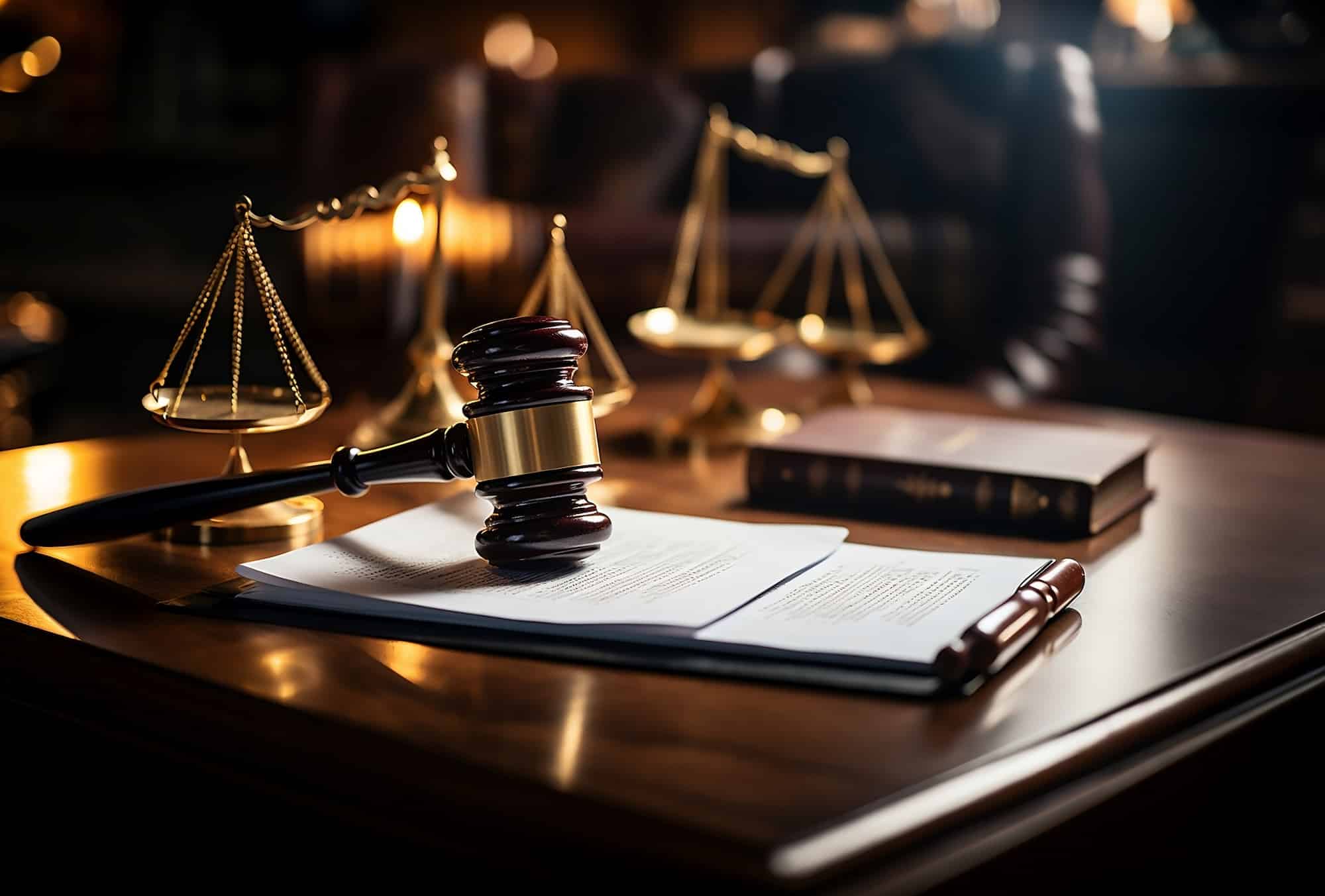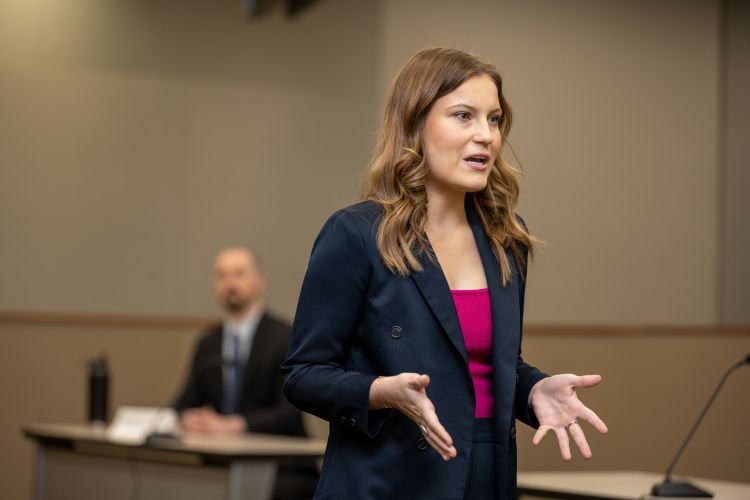Mastering the Art of Trial Presentations: Trick Techniques for Efficient Lawful Arguments
Wiki Article
Navigating the Intricacies of Trial Presentations: Tips for Seamless Delivery and Compelling Arguments
In the realm of legal procedures, the art of trial discussion stands as a vital factor of success. The complexities fundamental in trial presentations need a delicate balance of skill, method, and ability.
Comprehending Test Purposes
To efficiently navigate a trial, it is vital to have a clear understanding of the purposes that require to be achieved. Before stepping into the court, lawful teams must define their goals and desired results. These goals act as leading concepts throughout the test, forming techniques and affecting decision-making procedures.Comprehending test goals includes a detailed evaluation of the situation, lawful precedents, and the client's benefits. Trial Presentations. It needs a precise evaluation of the facts, identifying essential problems, and expecting prospective challenges. By setting details and quantifiable goals, attorneys can customize their debates and discussions to align with the wanted outcomes
Additionally, a clear grasp of trial purposes makes it possible for legal teams to focus on proof, witnesses, and lawful debates successfully. It permits the development of a systematic narrative that reverberates with the discretionary, strengthening the total situation presentation.

Organizing Proof Efficiently
Having a clear understanding of trial purposes lays the foundation for arranging evidence properly in lawful procedures. By lining up the discussion of evidence with the wanted results of the test, legal groups can strengthen their debates and enhance their persuasiveness.One more crucial element in organizing evidence successfully is establishing a rational circulation. Providing proof in a consecutive and coherent fashion can help develop an engaging narrative that sustains the lawful disagreements being made. In addition, using visual help such as timelines, charts, or graphes can additionally boost the organization of evidence and help in making clear complex connections or series of occasions.
Furthermore, making sure that all evidence presented is relevant and acceptable to the situation is crucial. Inadmissible or pointless proof can take away from the strength of the argument and potentially hurt the credibility of the providing celebration. A thorough testimonial and option procedure must be embarked on to consist of only the most impactful and lawfully sound proof in the trial presentation.
Crafting Influential Stories
Crafting engaging narratives plays a crucial role in presenting influential disagreements throughout lawful proceedings. A well-crafted narrative has the power to astound the audience, evoke emotions, and ultimately sway the decision in favor of the here and now party. When building a story for a trial presentation, it is vital to establish a clear storyline that highlights essential Website points and go to this web-site connects them in a coherent manner. Begin by outlining the realities of the instance in an engaging way, guaranteeing that the series of occasions is simple to comply with. Introduce personalities properly, giving history info that helps the target market recognize their activities and inspirations. Furthermore, incorporating vivid descriptions and interesting language can bring the narrative to life, making it more remarkable for the court and jury. By weaving with each other proof, testimony, and lawful disagreements into a natural and convincing story, lawful experts can effectively support for their clients and increase the chance of a positive outcome in the court room.
Grasping Aesthetic Help
Effective use of aesthetic help is key to improving the influence and clarity of trial presentations. Aesthetic help, when utilized tactically, have the power to streamline intricate information, reinforce crucial factors, and leave a lasting impression on the judge and jury. To understand aesthetic aids in trial presentations, it is critical to ensure that they are clear, concise, and relevant to the disagreements being made.When integrating aesthetic help, such as graphes, timelines, pictures, or charts, right into a test discussion, it is necessary to keep them visually appealing yet professional. The visuals should complement the spoken debates, giving an aesthetic depiction of the go to website info being gone over without frustrating the audience with unnecessary details.
Moreover, experimenting the aesthetic help in advance is imperative to ensure a smooth delivery during the test. Acquainting oneself with the material, shifts, and timings of each visual help can aid preserve the flow of the discussion and protect against technological glitches that may arise.
Supplying Impactful Closing Debates
An engaging closing argument offers as the culmination of a test discussion, encapsulating the core story and persuading the judge and court towards a positive choice. Begin by describing the primary debates that support your customer's placement, highlighting why the proof presented throughout the trial sustains your story.Furthermore, including sob story can additionally strengthen your closing disagreement. By humanizing the instance and connecting on a personal level with the decision-makers, you can stimulate compassion and understanding, affecting their perception of the truths offered. In addition, reiterating the legal requirements that should be met for a beneficial ruling can reinforce the validity of your setting. Inevitably, a well-crafted closing debate should leave a long lasting perception, compelling the discretionary to regulation in your client's favor.
Final Thought
To conclude, grasping trial presentations includes understanding goals, arranging evidence, crafting narratives, using aesthetic aids, and delivering impactful closing disagreements. By implementing these techniques successfully, legal representatives can provide their situation perfectly and make engaging disagreements in the courtroom. It is critical to browse the intricacies of trial presentations with precision and ability to achieve success in lawful process.By straightening the presentation of proof with the preferred results of the trial, lawful groups can reinforce their disagreements and boost their persuasiveness (Trial Presentations). To grasp aesthetic aids in test presentations, it is essential to guarantee that they are clear, concise, and relevant to the debates being made
A compelling closing disagreement serves as the end result of a test discussion, enveloping the core narrative and encouraging the court and court towards a positive decision. Begin by laying out the primary debates that sustain your client's placement, stressing why the proof offered throughout the trial supports your story.In verdict, mastering trial discussions entails understanding purposes, organizing evidence, crafting narratives, making use of visual aids, and supplying impactful closing disagreements.
Report this wiki page